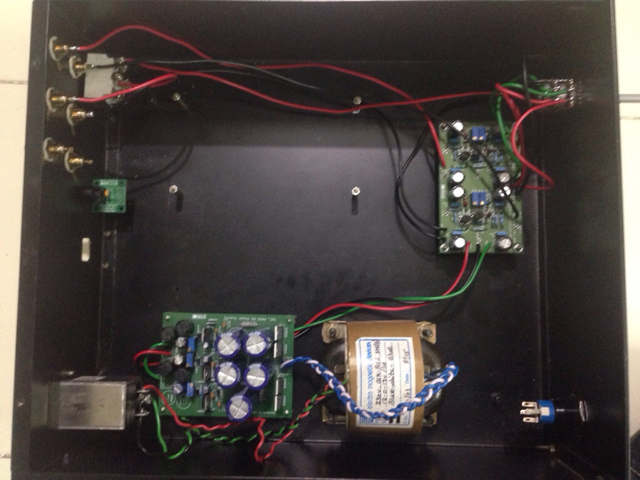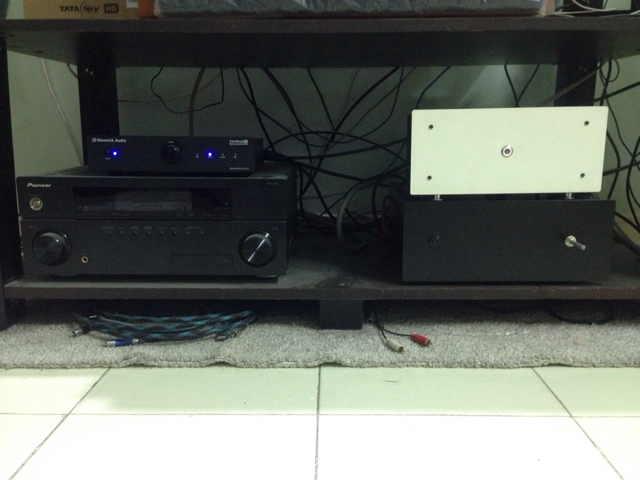One doubt here.. what does it mean by taking out all the damping?
My speakers were resting on brass cones, which rested on a quarter inch thick plywood, which in turn rested on a layer of foam. Both ply wood and foam layer were removed.
I would not say one method is more right than the other. By experimenting, one can determine which one sounds more right in one's room. For example, if you're in need of bass quantity, foam helps, but the bass texture isn't necessarily going to be well defined. Having a hard coupling like brass cones or steel spike or ball bearing ball between speaker and floor or stand tightens up the bass but at the cost of weight. Similarly, putting weight on top of the speaker can change the nature of bass. Even the exact spot of placement of the weight (like a sand bag weighing as little as 2 to 3 kilos) will have subtle impact on the sound. For example I found that placing the weight near the front baffle had the maximum impact, compared to placing it somewhere at the center of the top baffle, or elsewhere. And the frustrating part is that with every change in gear or components, the sound changes, sometimes subtly, and sometimes rather drastically, which may or may not be to one's liking. More tuning is often required. I know all this faffing leaves less time for actual music but without trying we won't know what our setup is truly capable of. I believe most systems are capable of higher performance by following basic speaker placement rules (and breaking them rules when needed) and playing around with basic tweaks and tunes.







